65 years ago, in 1950, Vincenzo Cesani founded his eponymous winery in the upper Pancole sub-district of the historic San Gimignano appellation after migrating from his native Marche. Genuinely a true family run estate, Vincenzo has stepped aside to allow his two daughters, Letizia and Maria Luisa, to reign. All production of wine and olive oil is made by the family, 25ha of vines and 2,000 olive trees in total. Between 7 different wine labels they produce 100,000 bottles annually.
The terroir around the town of San Gimignano was unique enough to honor it Italy’s first DOC in March of 1966, eventually elevated to DOCG in 1993. Vincenzo’s daughter, Letizia, is conveniently the president of the local consorzio Vernaccia di San Gimignano. She is the voice for the region. We were met at the estate by general manager Elenia who would give us the tour.
Standing behind the tasting room (shown above) exposed an impressive view of the valleys of San Gimignano. At 330 meters elevation the heavy wind whipped up the hillside. Elenia spoke of the unfailing winds, quickly drying any precipitation. The unique microclimate of Cesani’s hillsides allow easy organic viticulture, and after 3 years of conversion they are certified organic. Not every vineyard in San Gimignano shares this unique microclimate. According to Elenia, “Depending on where you have the vineyards, decides how you work.”
Seven million years ago, the valleys surrounding San Gimignano (pictured above) were submerged underwater. Volcanoes erupted into the sea depositing sandy, potassium rich, volcanic ash. When the ocean water receded, it left behind a white soil rich of large shells (pictured below) from oysters and clams with sediment rich of minerals from decomposed volcanic ash. This soil is typical of Colli Sensi.
Vernaccia thrives in this volcanic mineral-rich soil, whereas Cesani’s red grape varieties are planted at much higher elevations ascending the hillside, at 400 meters, where the soil is mostly rocky with no shells.
Harvest generally begins in the 2nd to 3rd week of September with the youngest Vernaccia vines (20 years old), followed by 1 day to pick Ciliegiolo and Merlot which ripen early. The oldest (35 years old) Vernaccia vines follow finishing with the remaining red grapes. In total it takes 3-4 weeks to hand-pick all the grapes with the help of a few friends. In addition to grape vines, the family plants saffron flowers in July to be harvested in November. A very tedious process, the flowers are picked in the early morning before the flowers bloom, the red stamen removed by hand and dried. Only 1ha of flowers produce 1 kilogram of saffron.
Downstairs in the winery, Elenia would describe two clear separations in winemaking philosophies; stainless steel for whites and roses, cement for reds. After a soft 1.5 atmosphere pressing, the white juice goes into the first stainless steel tank for 2 days at very cold 5-8ºC in order to pause fermentation. The juice is then transferred into another stainless steel tank at 15ºC to begin fermentation very slowly for 25-30 days. All that is grown in the certified organic vineyards is not lost as Cesani never adds cultured yeast.
Once fermentation is complete, 50% of the wine is transferred to another stainless steel tank to rest with its lees, while the remaining 50% goes into barrel where malolatic fermentation takes place naturally. This reserve wine will age in barrel for 5-6 momths until transference back in stainless steel with its lees until bottling. Elenia notes that Vernaccia gives its best with time, their reserva wine released after 1.5 years in bottle.
The cement tanks were poured in 1950 and have been in use ever since. Whole, de-stemmed, red grape bunches are dropped into the 65 year old cement containers allowing fermentation to start naturally, without the addition of yeasts, by the weight of the mass. The cement tanks hold a constant 25-30ºC, ideal for the 7-10 day fermentation with 1-2 daily pump-overs.
Finished converting all sugars, the wine is macerated with its skins and seeds from 14 to 20 days depending on the resultant wine; shorter maceration for basic wines. The wine is removed from its color and flavor donors and transferred into 50% new / 50% second-hand barrels where it will undergo malolactic fermentation naturally.
Cesani employs only the best cooperage, La Boutes and Quintessence, 225L with medium toast. The wines will breathe in barrel for 5-17 months depending on style. The best barrels do not incorporate oaky flavors, rather allows a better transference of oxygen. Only after 2-3 years when the pores in the oak barrels that originally introduced oxygen into the wine that they sell them or use for Vin Santo.
The man behind the scenes is consultant winemaker Paolo Caciorgna. Not originally from San Gimignano, he resided in the area many years and chose Cesani as his laboratory following enology school. Paolo taught Letizia and was used as a resource for difficult vinology issues like stuck fermentations and blending. Now, Paolo is more of a sounding board, to taste the finished wine and brainstorm how to make it better. You never want to make wine in a vacuum.
Cesani’s 2014 Vernaccia was light and mineral-driven with citrus, almond oil, and tarragon. 12.5% abv tells the story of a difficult 2014 vintage. The region never really had an autumn, really humid but never really cold, and never really had a summer either. The summer was extremely rainy and cold until the end of August when the weather let up. September was perfect – sun, warm days, cool nights, but due to the growing season the sugar at picking was much lower.
To be released in July of 2015, Sanice Vernaccia Reserva 2012 is their first vintage of certified organic grapes. The wine was much more aromatic expressing peach, orange blossom, honey and acacia with a silky mouthfeel. The wine spends 6 months in oak and comes from the oldest vines aging 35 years old.
Their basic 2014 Colli Sensi Chianti had juicy red cherry with grippy tannins, while their 100% Ciliegiolo “Serise” was very expressive of candied cherry, violets, wild flowers with a touch of wood. The indigenous Ciliegiolo is very difficult to grow but the younger generation of winemakers are bringing back this lost varietal. Much lower production with lower yields compared to that past.
A blend of 80% Sangiovese and 20% Merlot, “Cellori” 2008 expressed vivid violets, spiced plums and spiced box. 2008 is their current vintage after ageing 17 months in barrique and resting 24 months in bottle. Small clusters and small berries due to the uplifting winds are a very unique vineyard situation. “Luenzo” is Cesani’s Super Tuscan mirroring the ageing and resting at their Cellori. Current vintage 2010 showed cooked red cherry, prune, hay, barnyard and violets.
While this is a winery ran by women, one of them the president of the local consorzio, they are clearly not afraid of difficult work – they hand harvest the grapes, run all the pipes, and even extract thousands of saffron stamen by tweezer. A true family-run estate who respects their land by farming organically and who respects their consumers who drink their wines by making them as naturally as possible. Only a small bit of sulfur is added at bottling and due to their extended bottle ageing, the sulfur is transferred through the cork by the time you receive the wine. 65 years later, Cesani is still the winery to watch in San Gimignano.
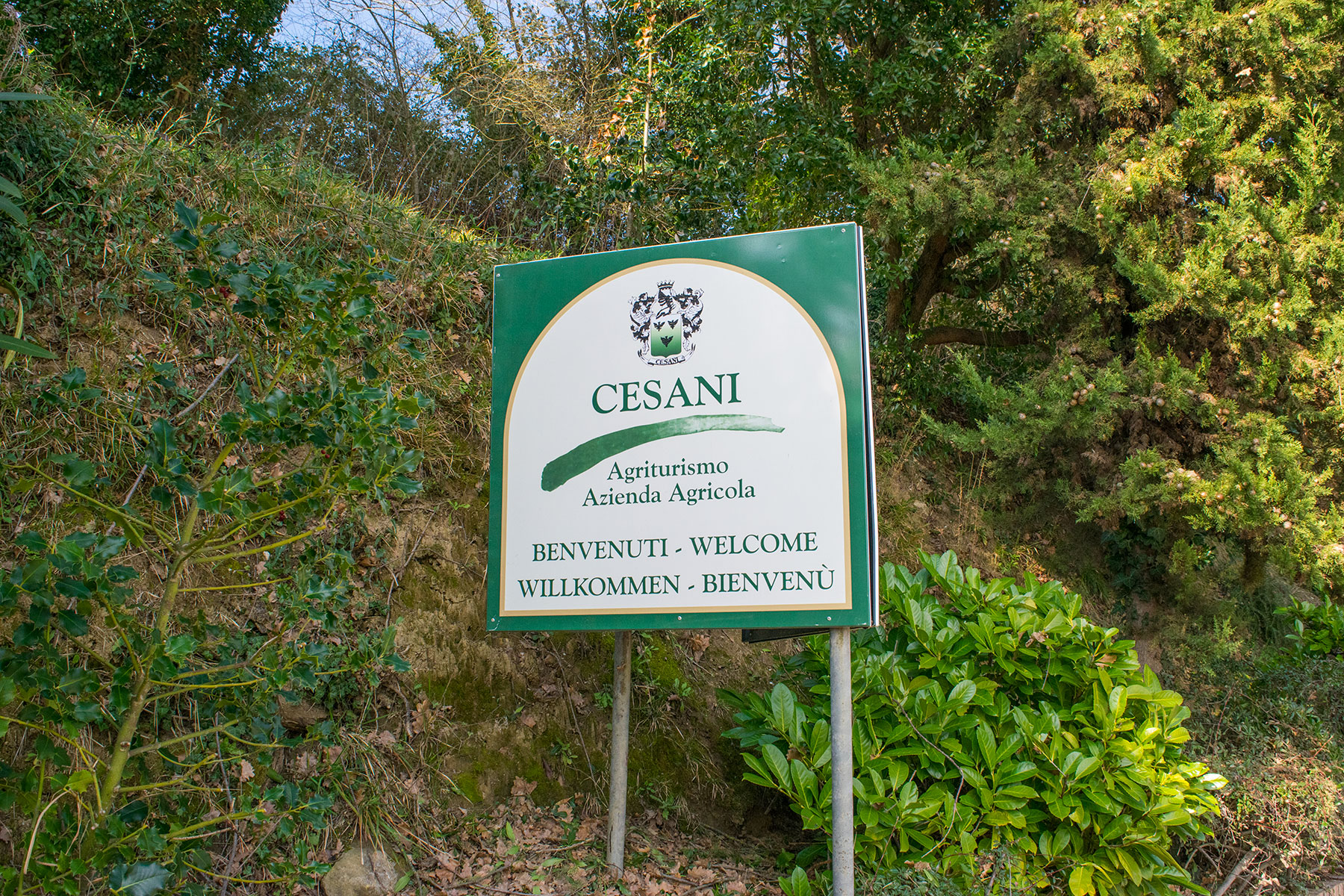
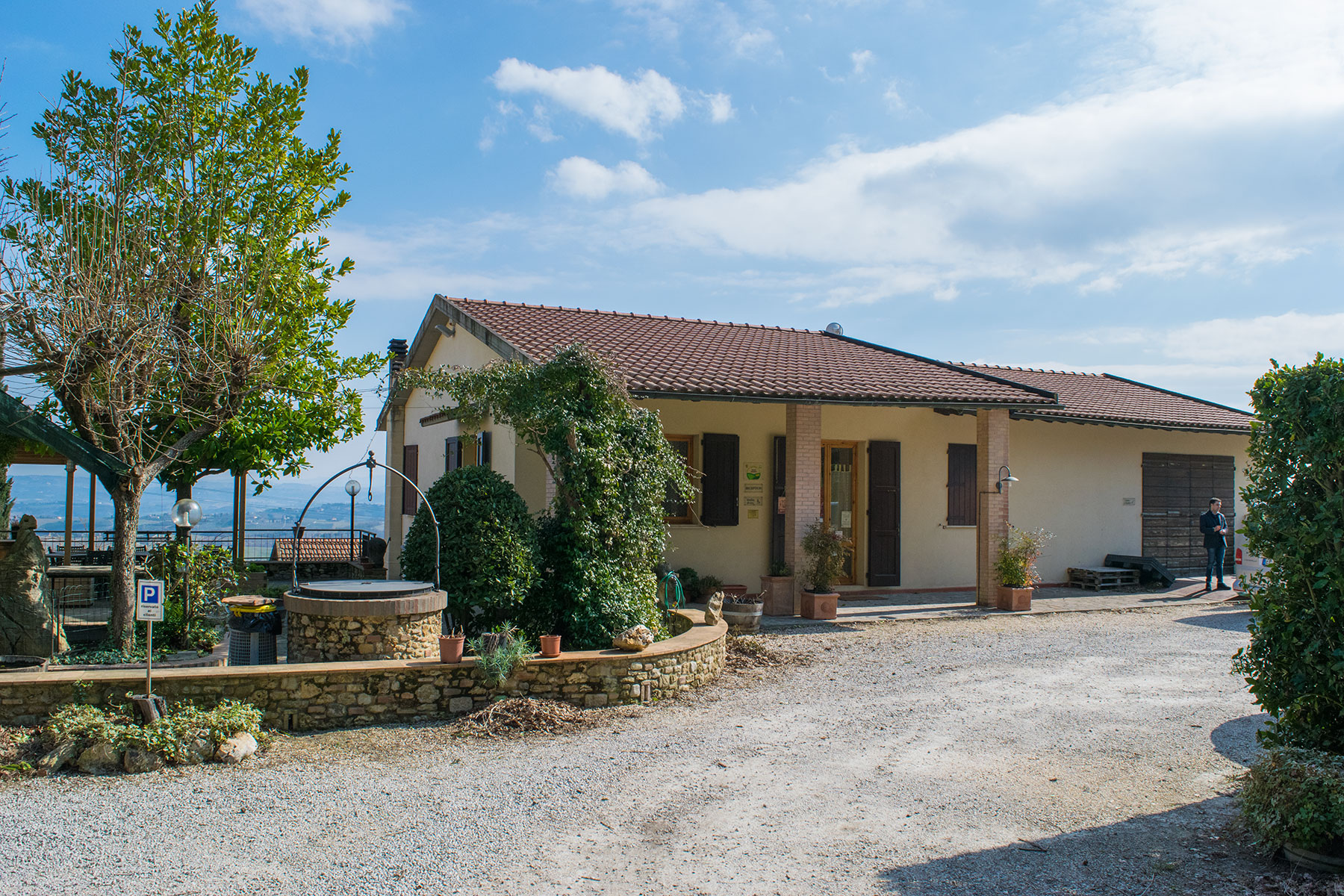
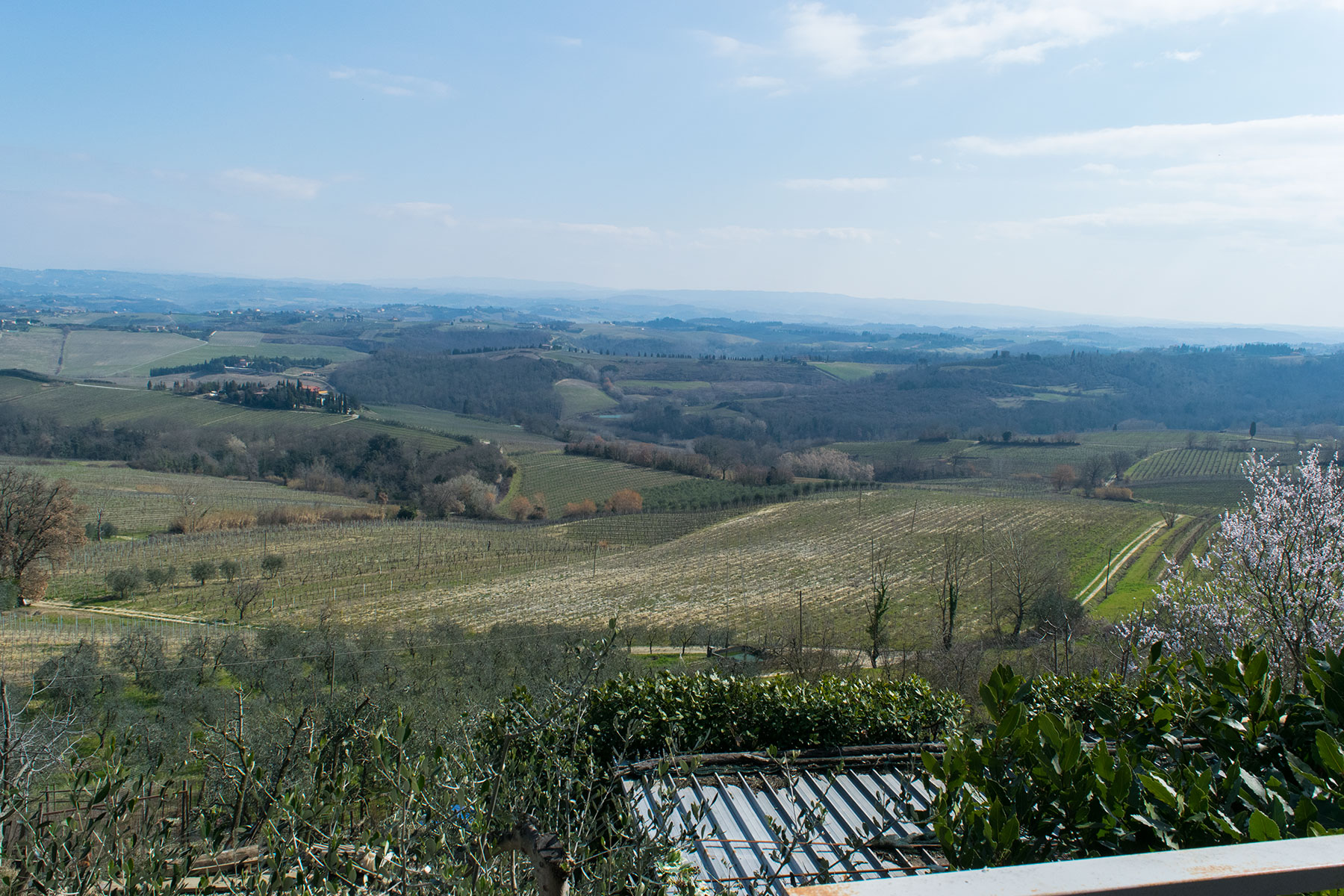
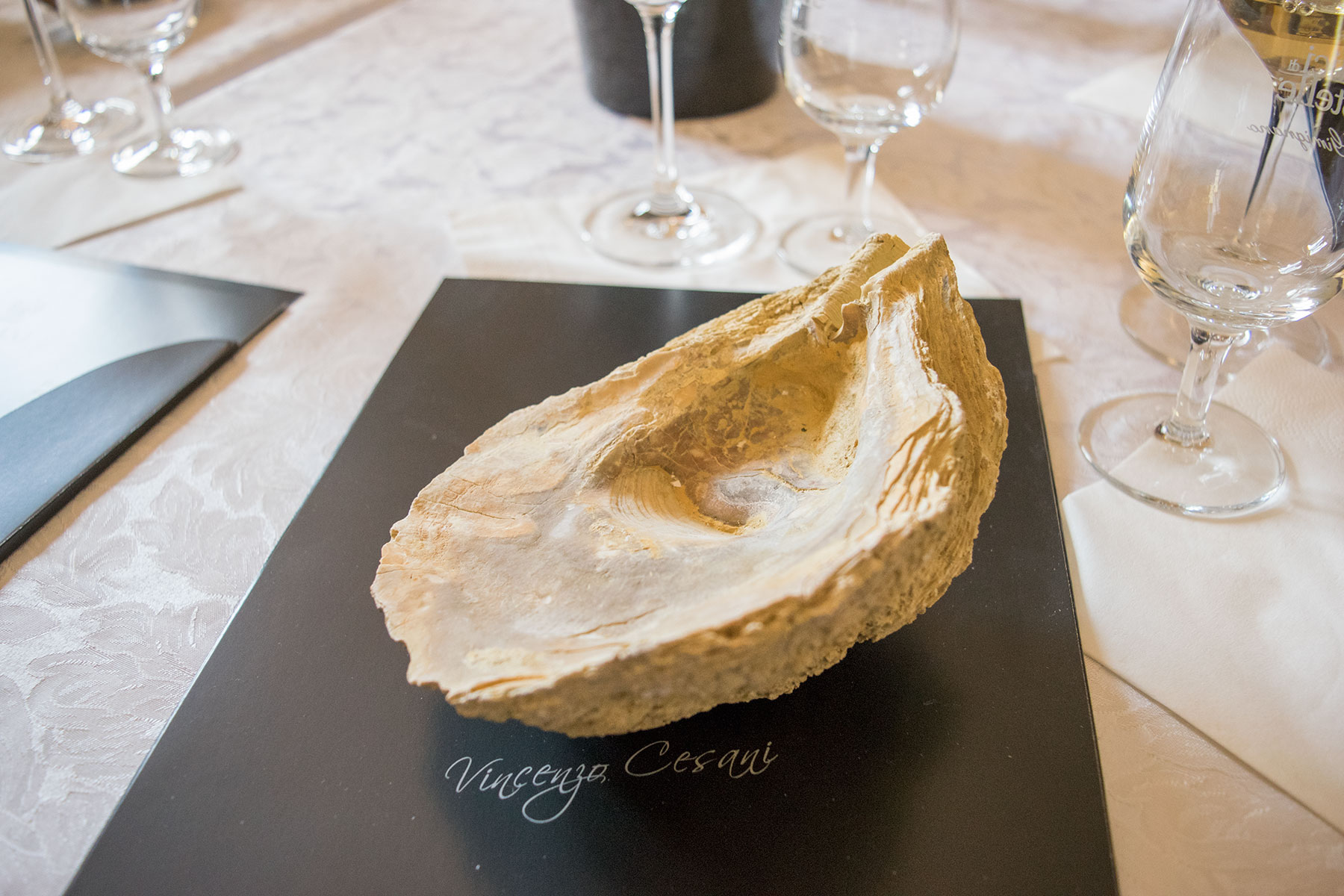

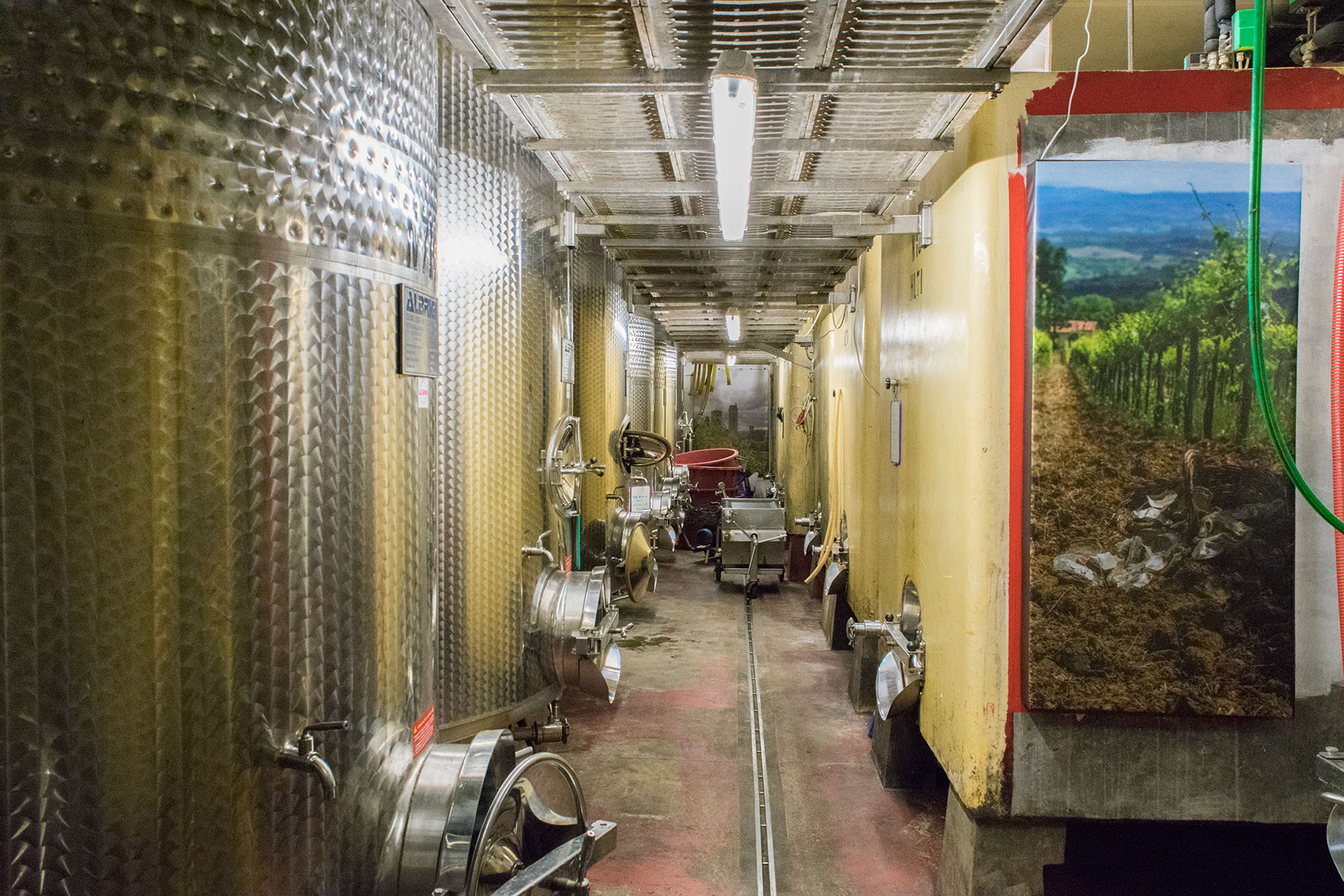
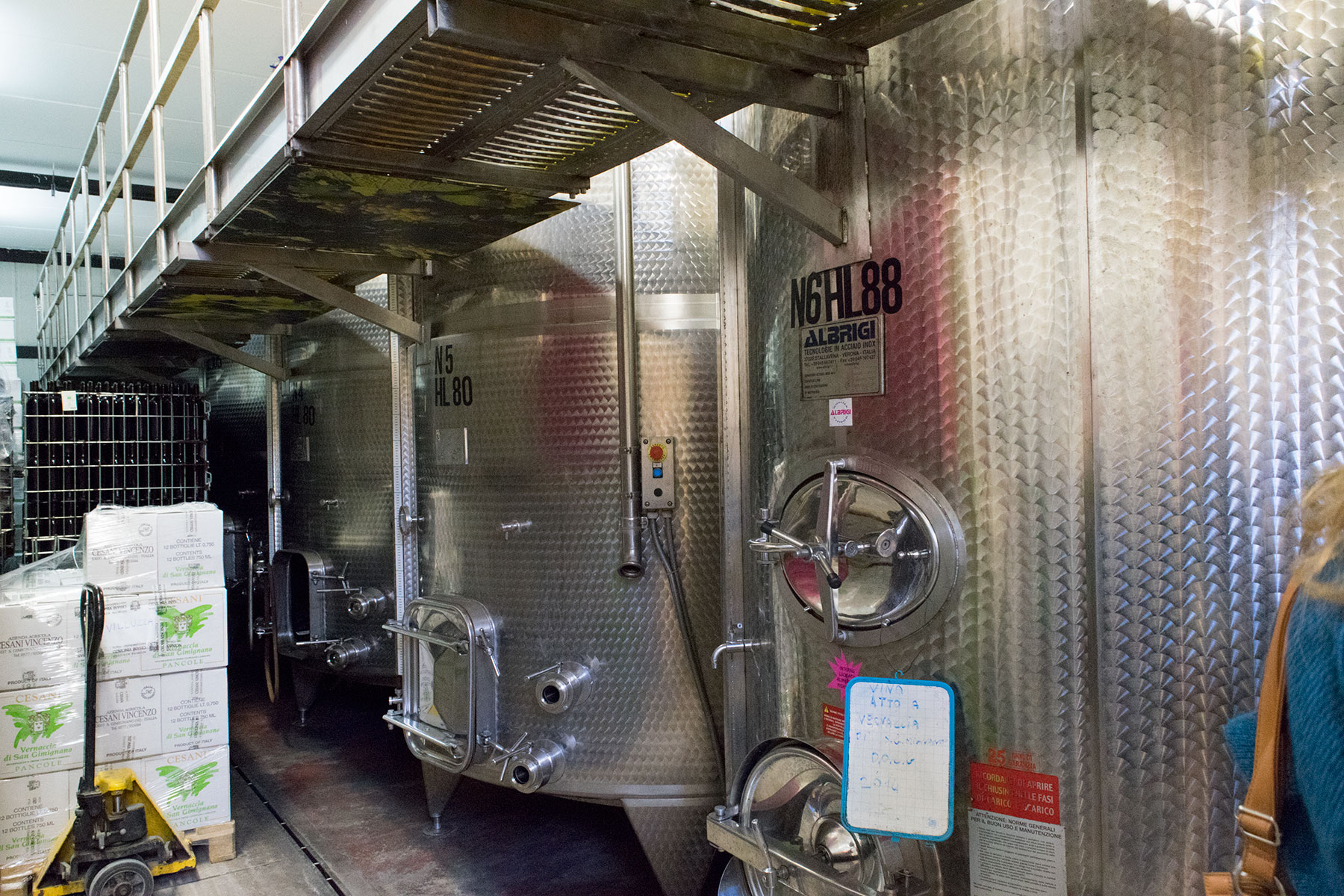
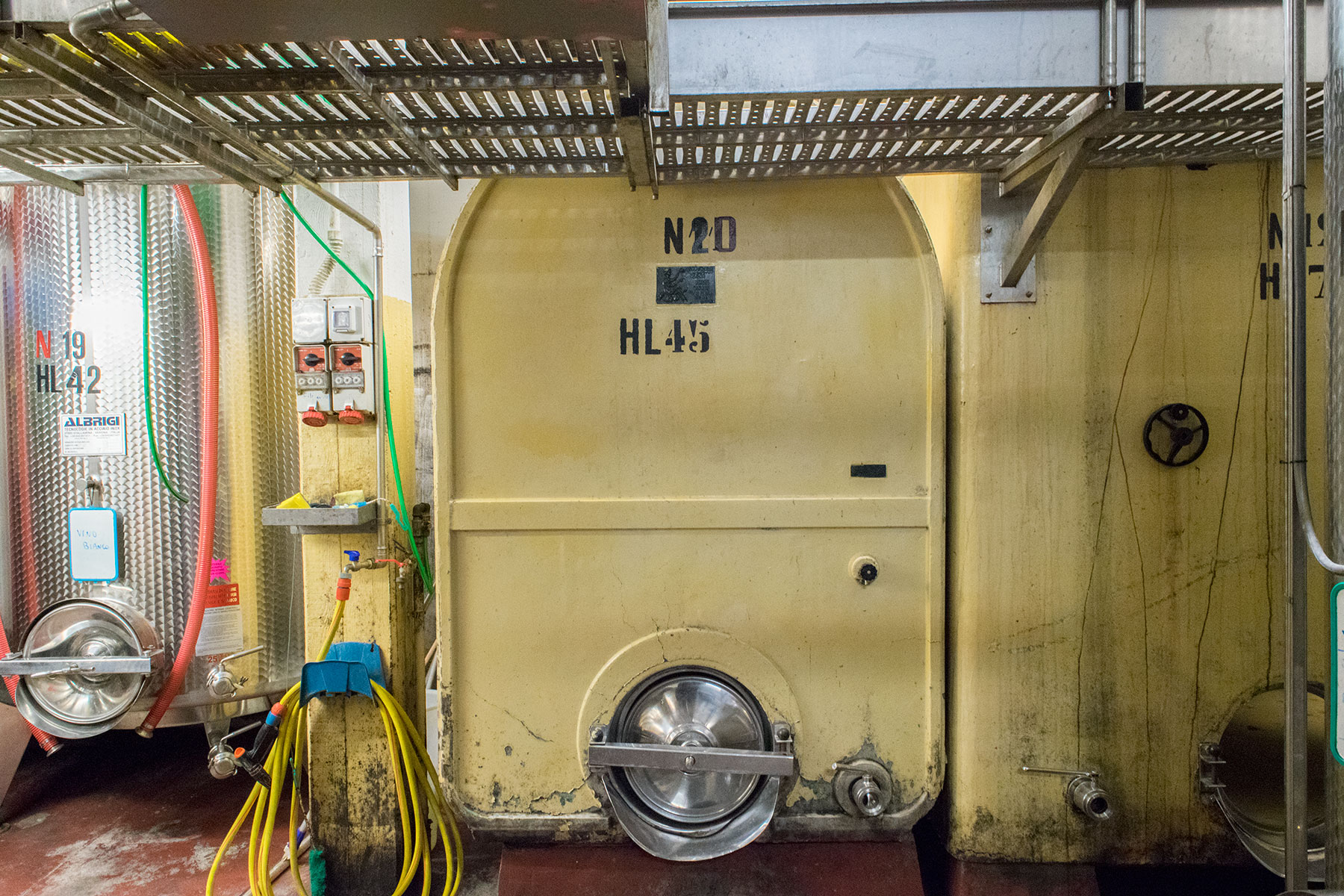
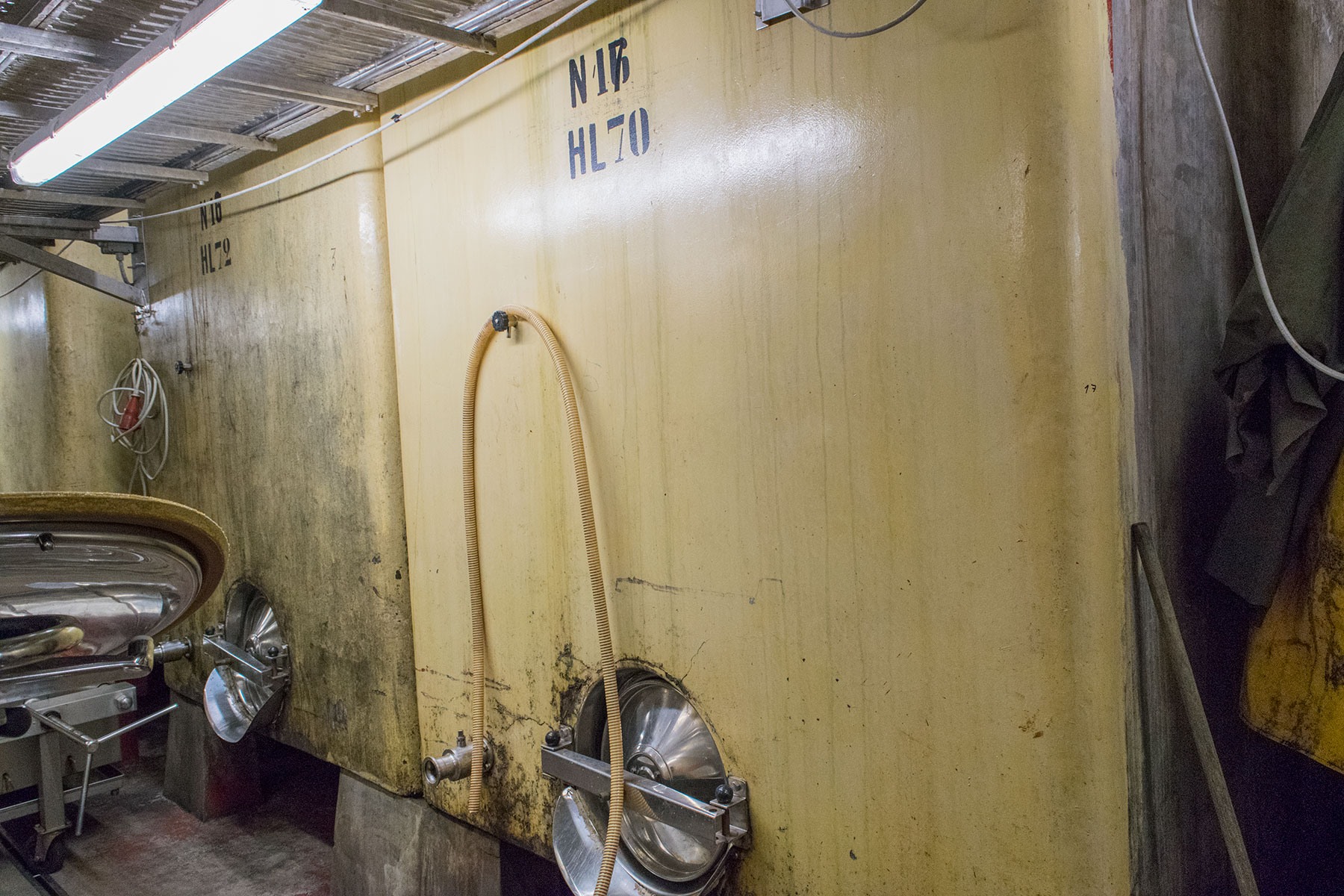
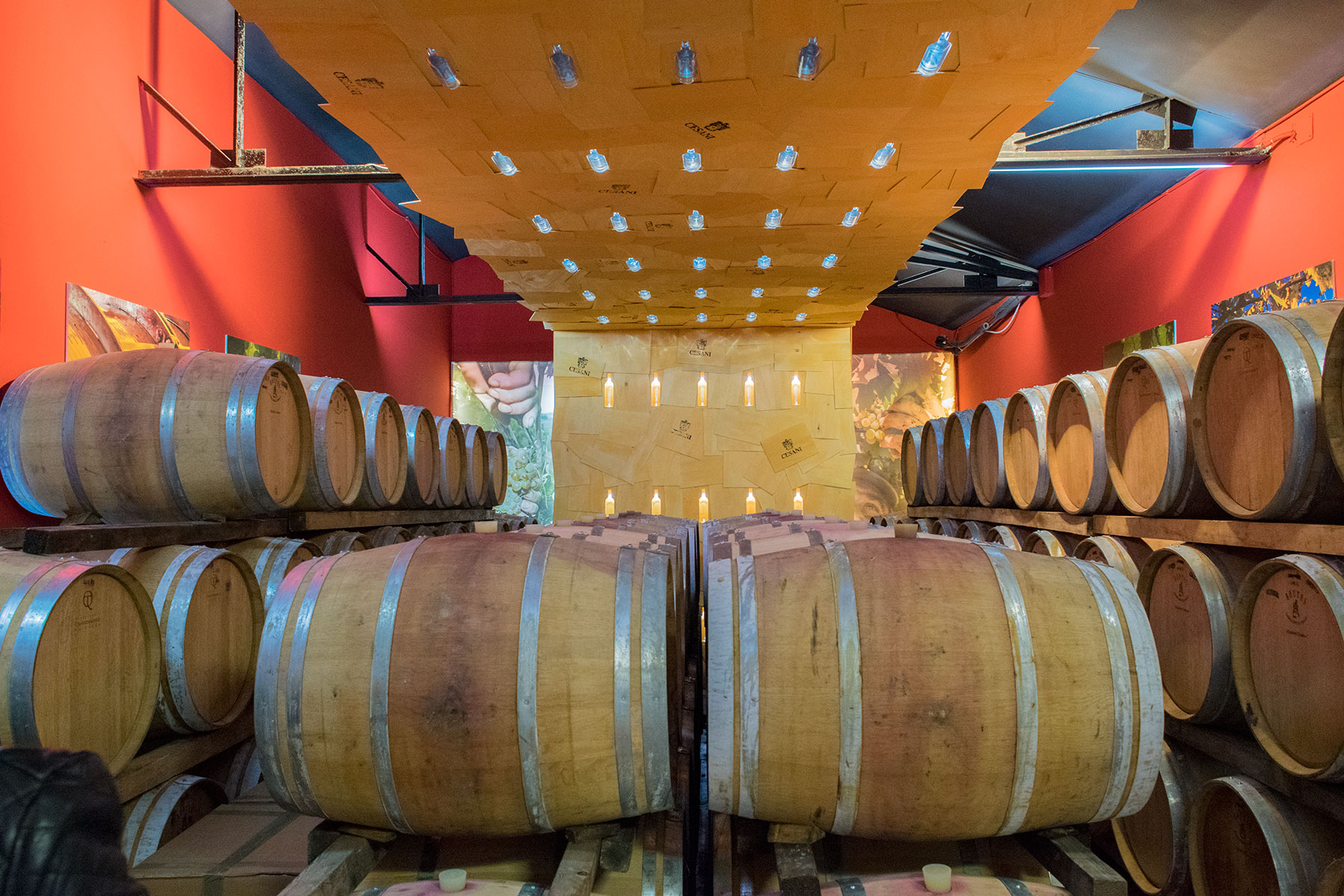
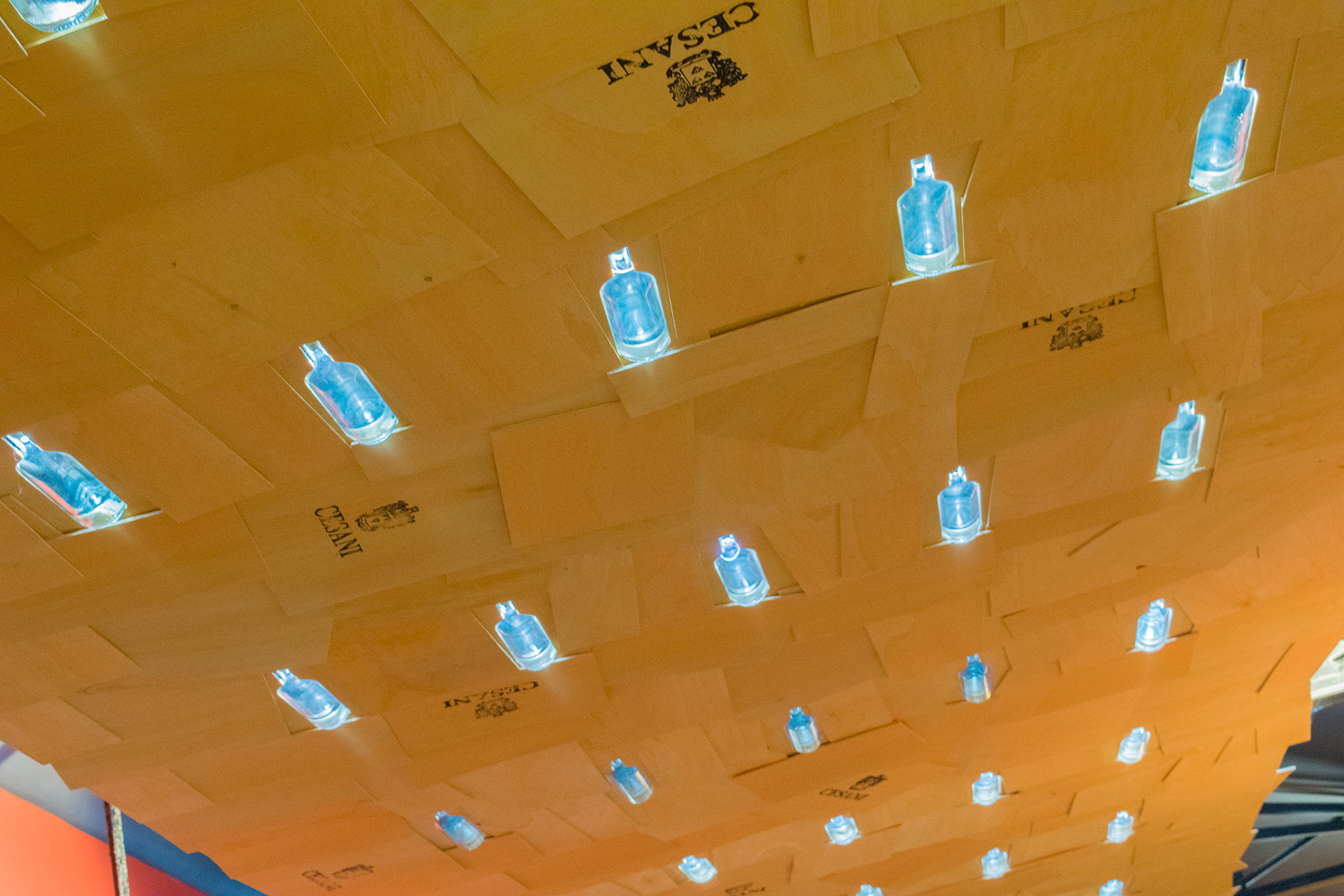
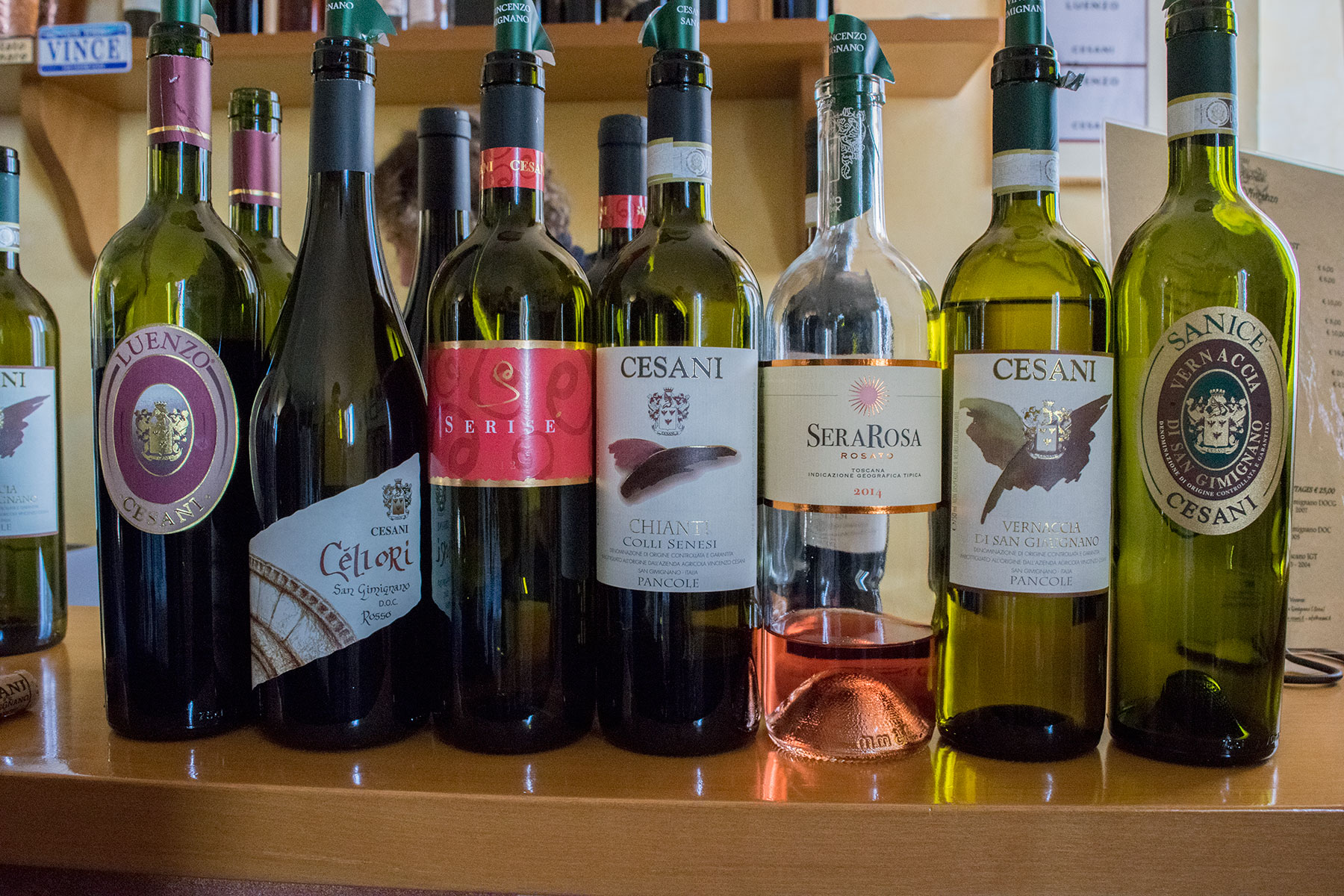
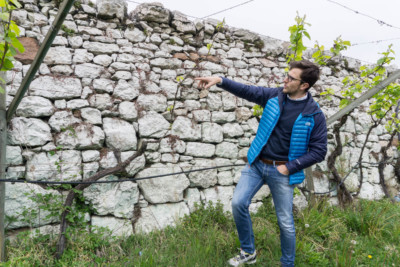

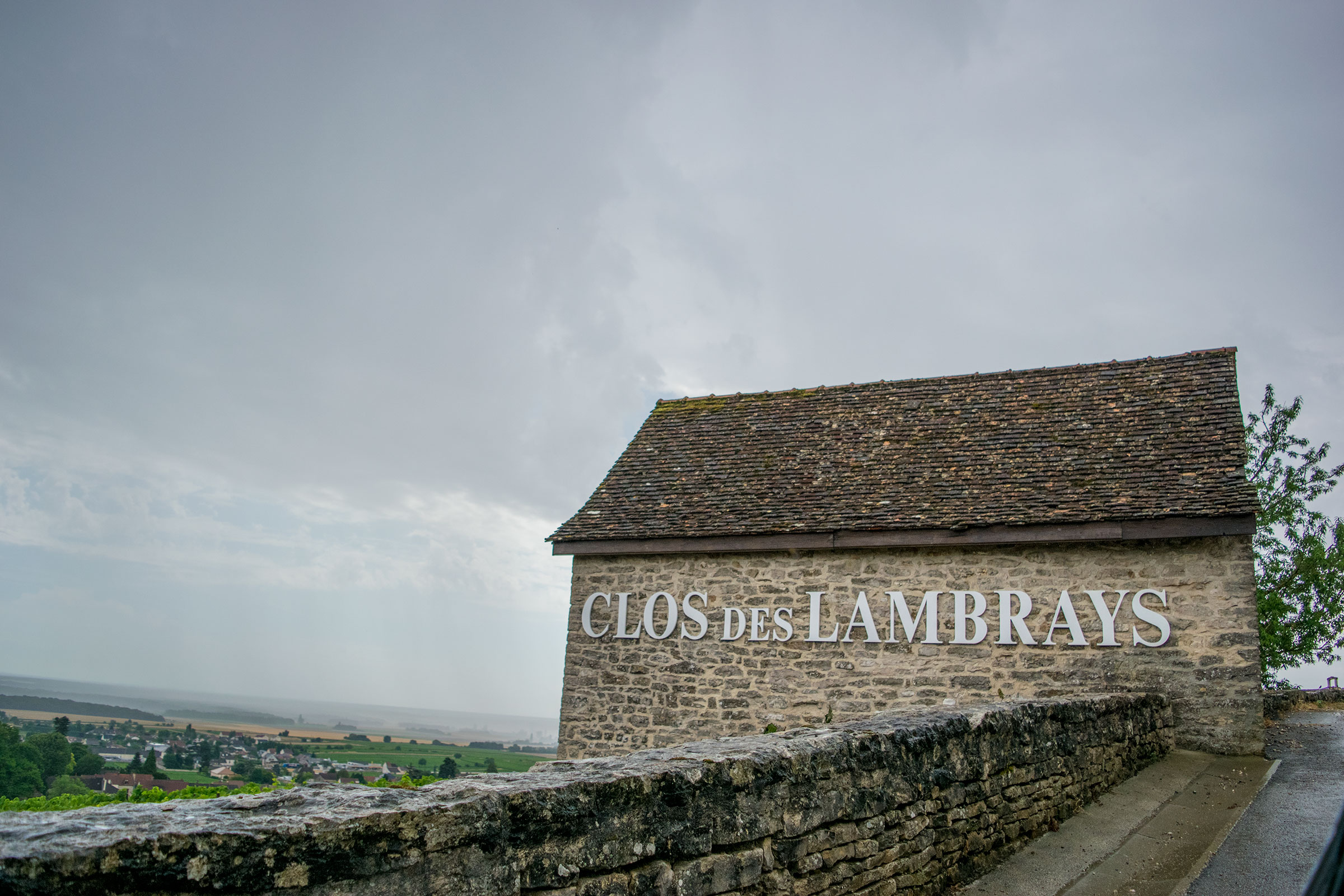
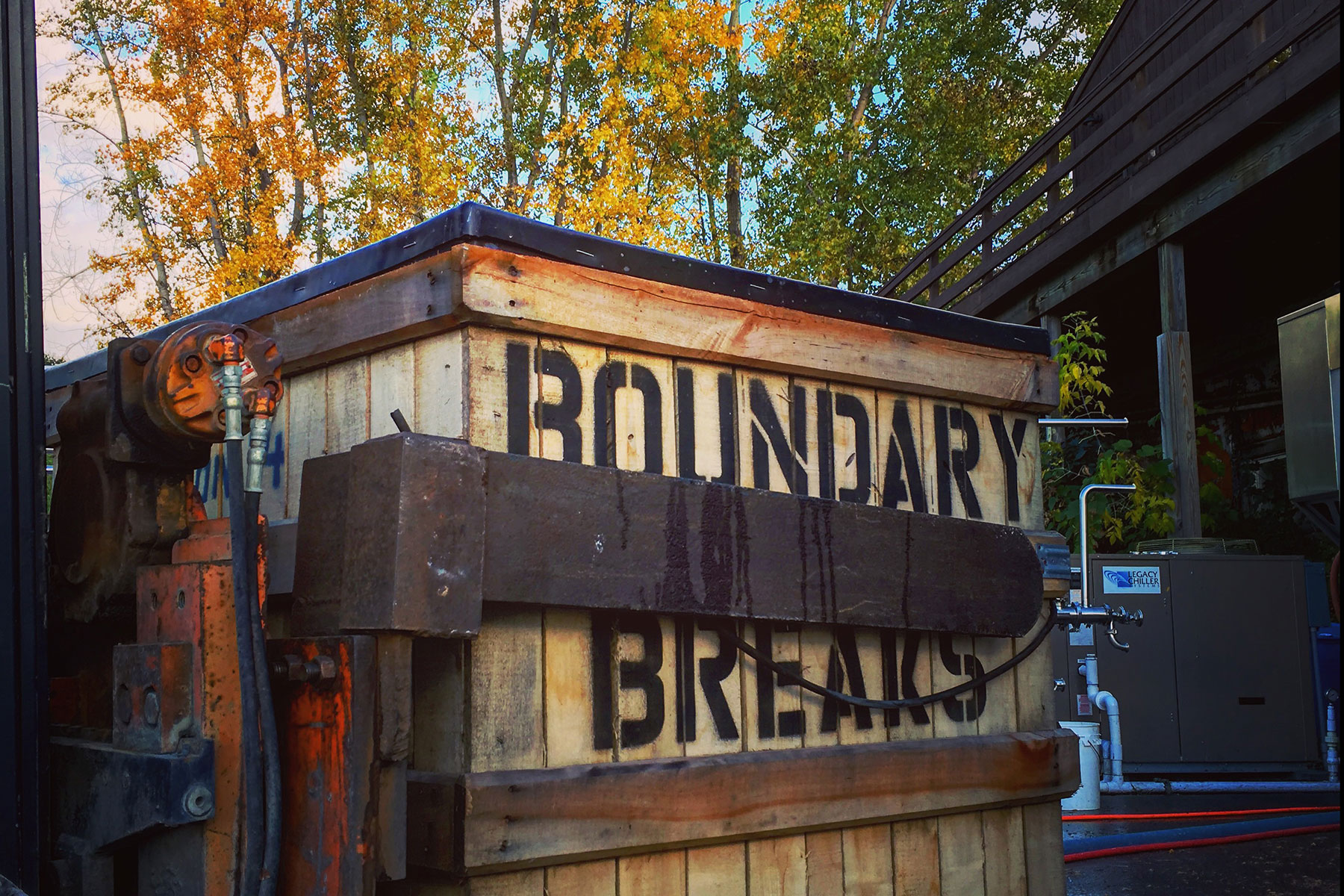
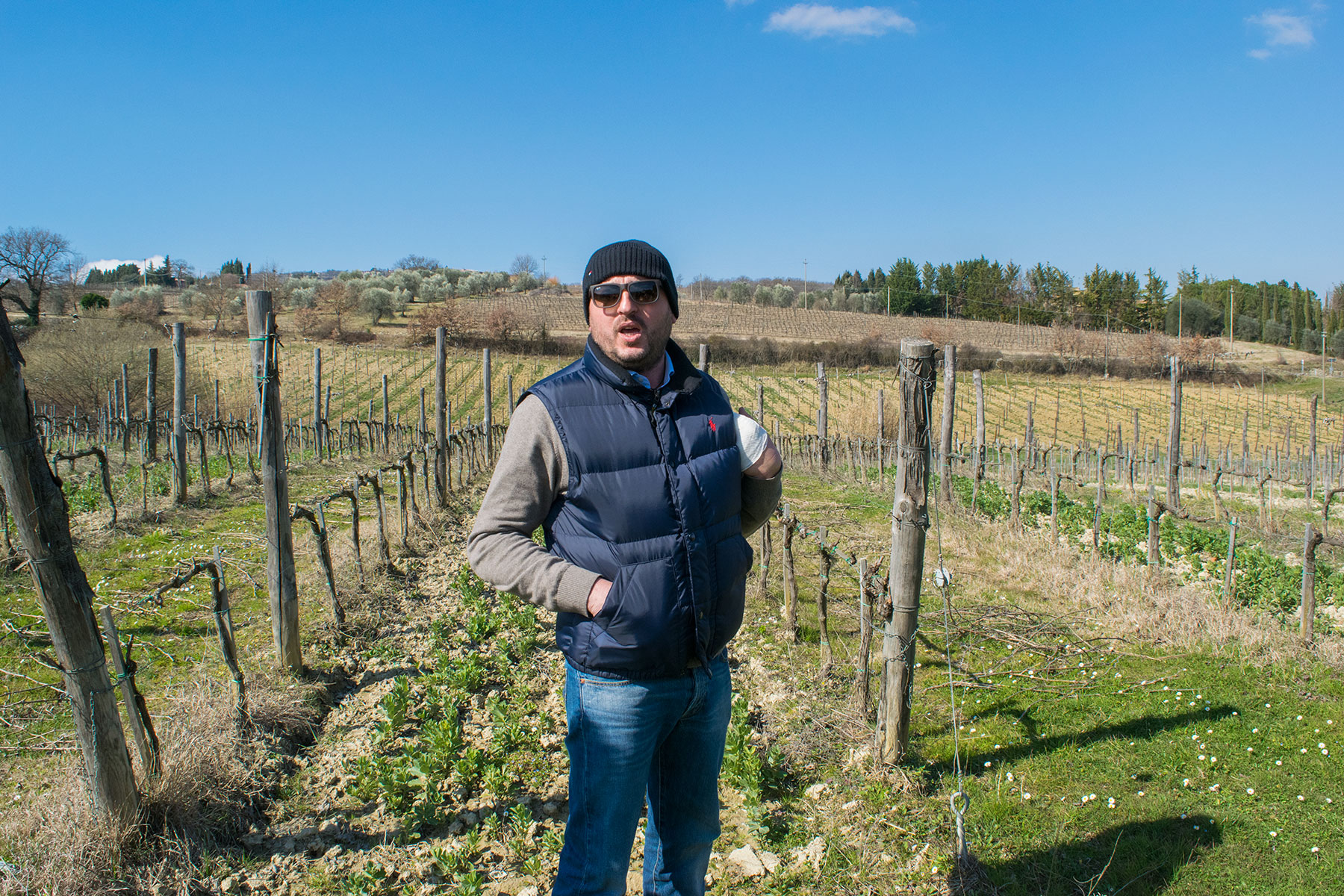
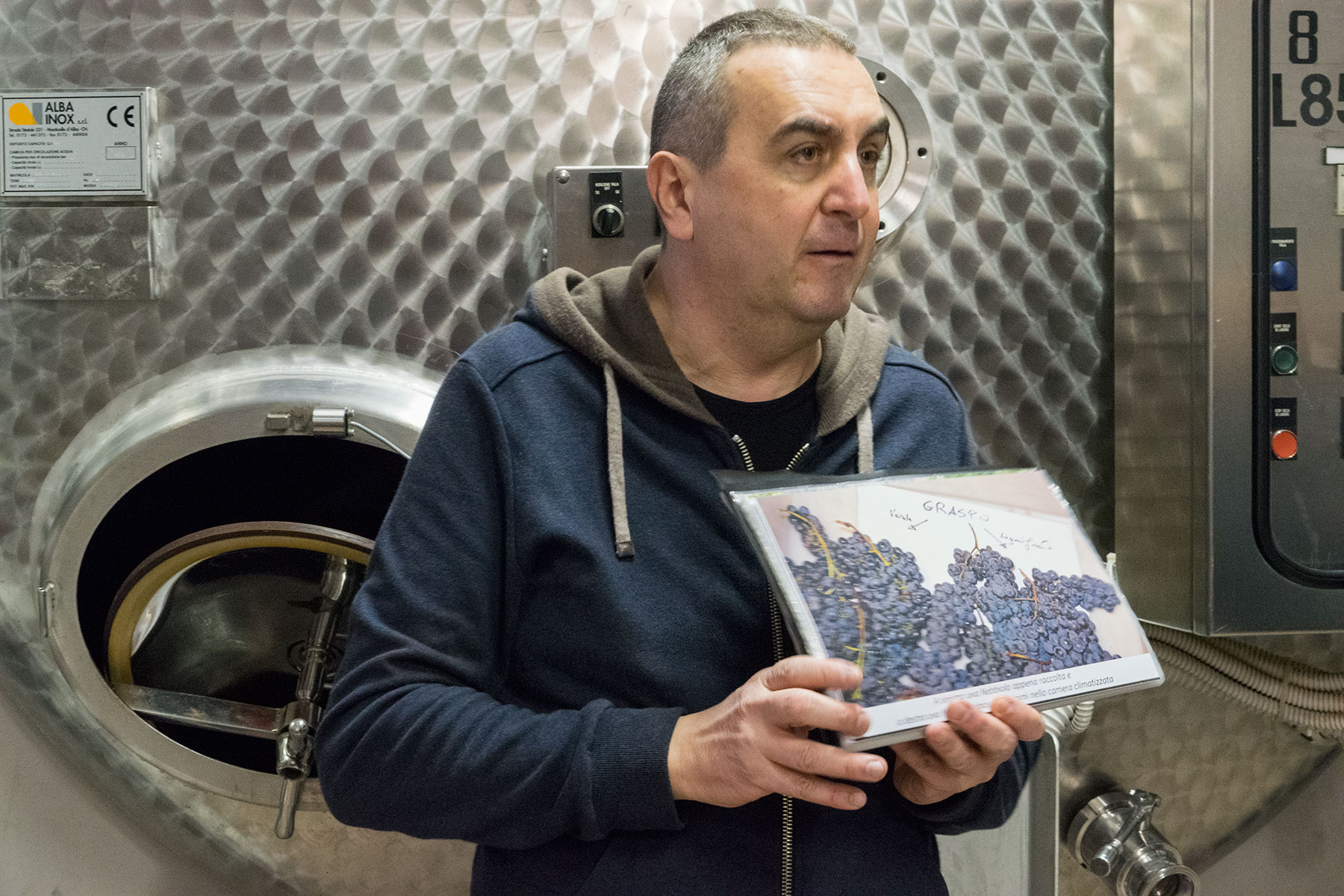
Leave A Comment
You must be logged in to post a comment.